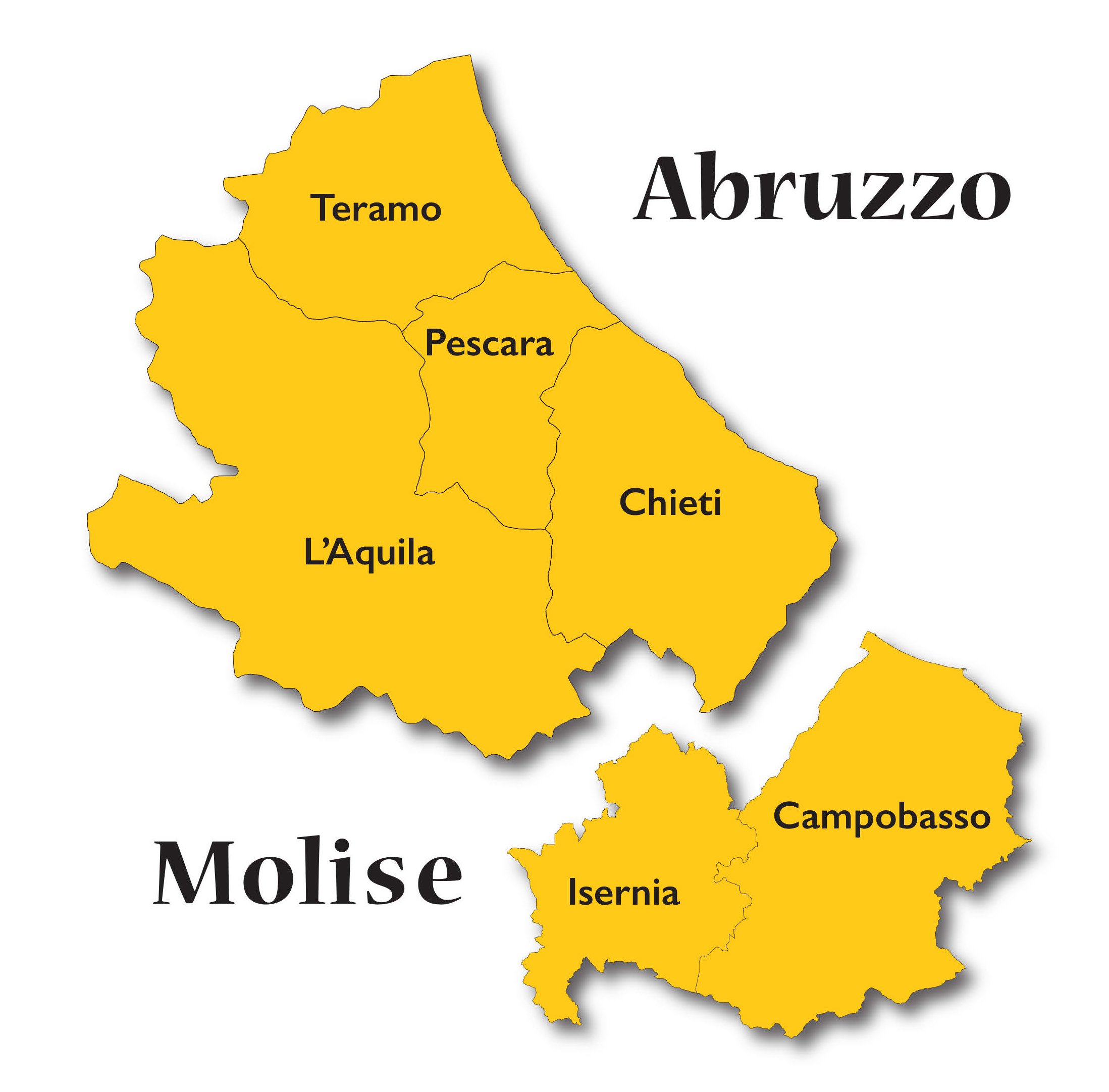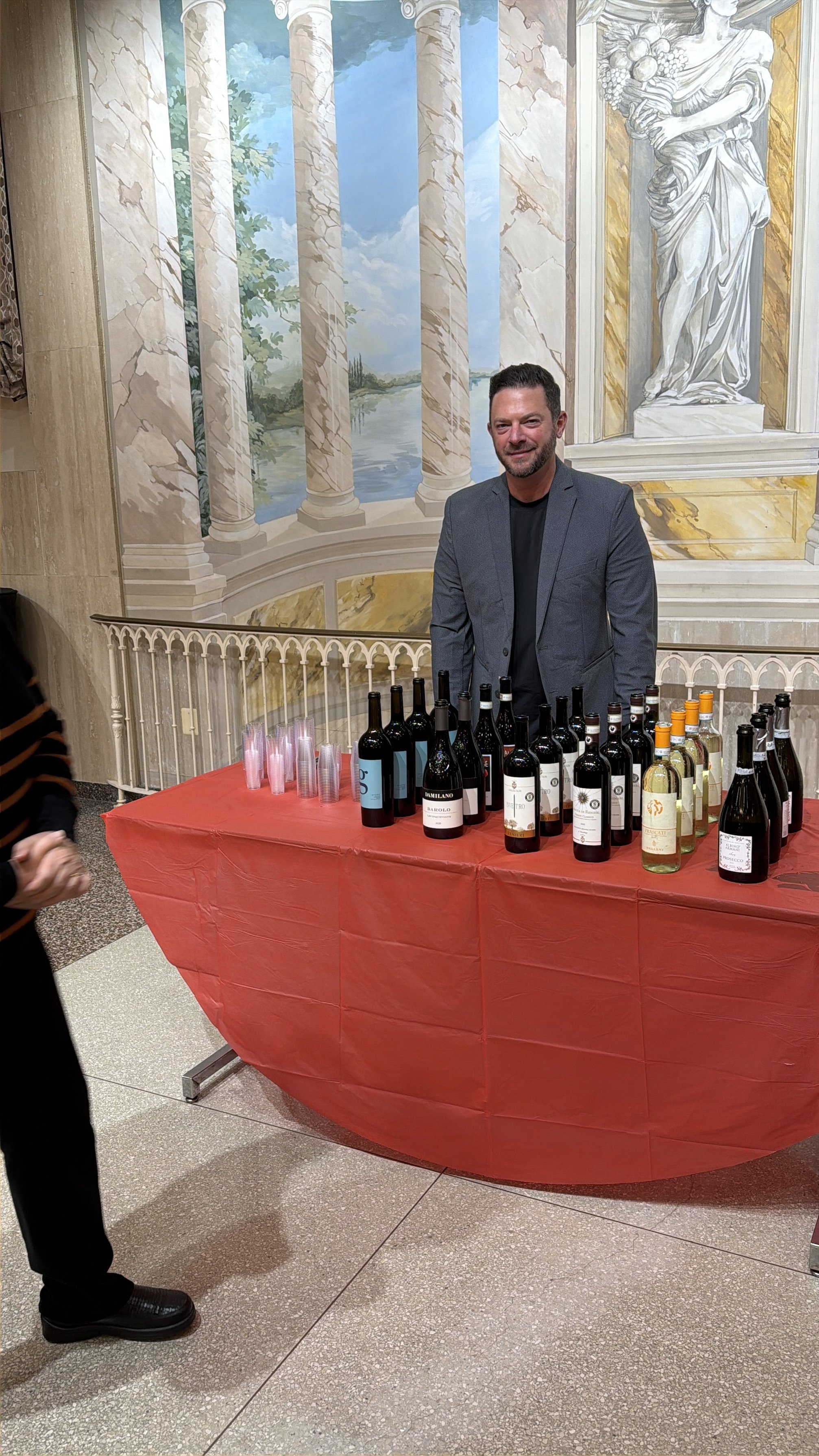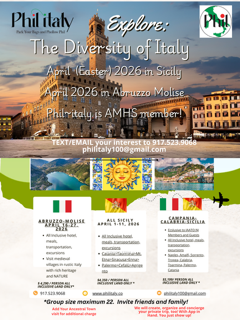

What’s In A Name? Abruzzo and Molise
The map and identity of both Abruzzo and Molise have changed over the centuries.

Gabriele D’Annunzio Lived a Multi-Faceted Life
Gabriele D’Annunzio made his mark on Italian life.



Online Voting for Two Seats on AMHS Board of Directors Now Open
Voting Now Open for Two Board Seats

Columbus Day and Canal Hike Mark Busy October
The federal government shutdown did not stop Washington’s annual Columbus Day memorial event.

AMHS Celebrates 25th Anniversary
The quarter century history of the AMHS was highlighted at the Society’s 25th Anniversary celebration.







Castelmauro
The small town of Castelmauro is located 30 kilometres north of Campobasso. It has 1,452 inhabitants.




